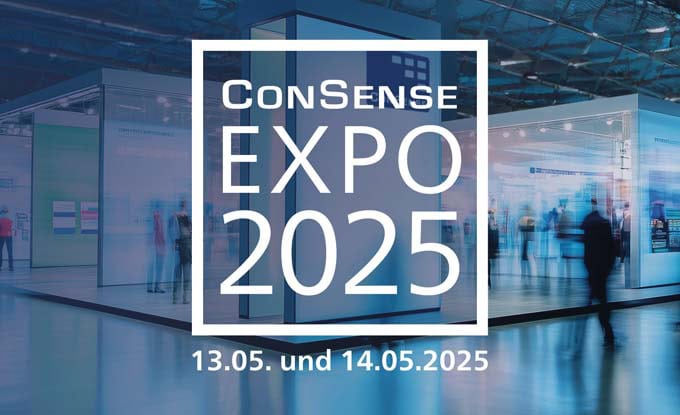Working World 4.0 - Tools for the stumbling blocks of digital transformation
The working world 4.0 plays an essential role for the digitalization in the company - as a study of the FHNW in collaboration with Future Work Group proves. However, the lack of knowledge, rigid structures or the lack of employee involvement mean that many companies are still at the beginning of the transformation.

According to the recently published study by the School of Business and Applied Psychology (both University of Applied Sciences Northwestern Switzerland, FHNW), Working World 4.0 - also known as "New Work" - can be described as a "strategic initiative that unleashes the potential of optimized processes, automation, increased collaboration and networking, as well as the use of technology in the context of people and especially employees. Working World 4.0 thus places three dimensions in the foreground: employees, working environment and technology.
The companies justify the change to the working world 4.0 primarily with the pressure to innovate (66%) as well as the desire for improved internal communication (64%) and increased flexibility (55%). Stumbling blocks in the digital transformation are mostly due to a lack of knowledge (42%). But rigid organizational structures (41%) and conflicts with other corporate priorities (35%) also hinder the process. 76% of the companies also stated that an overarching strategy was still lacking or not known to employees. And less than half (42%) of the companies actively involve their employees in the design process.
In conclusion, only 12% of the participants are at an advanced stage of the digital transformation. In contrast, 45% of the companies are in the middle of the process or even at the very beginning (43%).
Are you also on the path to digital transformation?
The workshop canvas for the working world 4.0 provides building blocks for the change process. It supports you in finding ideas and developing a roadmap and enables you to prepare the process with strategic planning.
Possible structure of their working world project:
- Step 1: Involve employees - identify the current state of the working world 4.0 by means of surveys.
- Step 2: Idea generation - By means of extended analyses and workshops, they dealt with the three dimensions of the working world 4.0
- Step 3: Developing a strategy and roadmap - Together with your employees, you define projects for the design of your working world 4.0.
- Step 4: Implementation and Opportunity Management - Use Change Management to successfully guide, support and communicate your strategic work environment initiative.
- Step 5: Success control and continuous optimisation - Check all projects for their achievement of objectives









